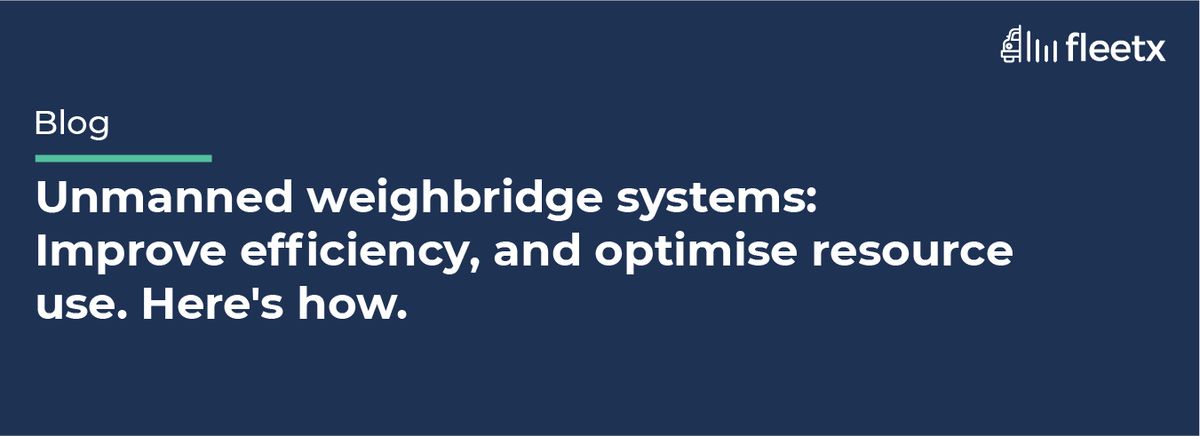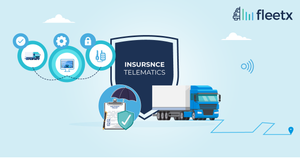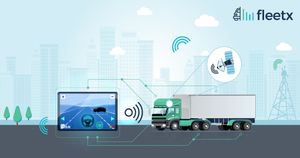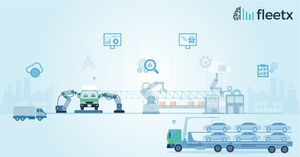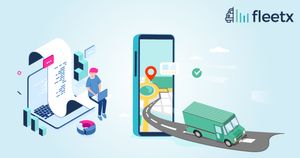What is IoT in vehicles and how did it originate?
IoT is a network of things or devices connected to each other using sensors, processors, and other similar technologies that help them collect and exchange data between them in real-time over the internet. At its core, the Internet of Things aims to make 'things' or devices smart by building a globally interconnected mesh of devices that really can efficiently collect, communicate, and share data with minimal human interaction.
Smart assistants like Alexa and Siri, which revolutionized how we search or interact with internet services, are amongst the most relatable outcomes of IoT transforming human-machine interactions. As a result, the boundaries between the real and digital worlds are blurring, resulting in a world where everything is much more efficient.
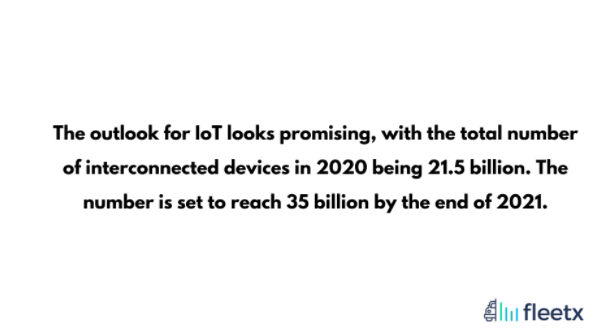
Back in 1999, Kevin Ashton of Procter & Gamble made the first reference of the Internet of Things, or IoT, in the realm of supply chain optimization. While explaining RFID technology to his supervisors, he coined the phrase. RFID is a tracking system that transmits data without the need for human intervention using radiofrequency waves. It may be used to find, identify, track, and communicate with objects and people. It is widely utilized in the supply chain management industry to track items and vehicles in real-time, resulting in significant improvements in operational efficiency and transparency.
What were the problems faced by fleet managers before IoT in fleet management came into play?
One of the most visible impact of the Internet of Things has been seen in the logistics and transportation industries. Several areas of freight industry operations, particularly fleet management and supply chain automation, have been transformed through technological advancements in IoT. For example, the process of tracking and monitoring fleet movement.
Traditionally, tracking and monitoring the entire fleet used to be one of the most challenging parts of supply chain management as companies and transporters had to effectively manage not one but hundreds of vehicles carrying goods all over the place.
In the absence of a monitoring system, fleet manager would have to rely significantly on drivers for vehicle information. It was, as you might expect, not the most efficient means of conducting business. The burden on fleet managers would be immense, as they would have to be available 24x7 and spend the majority of their time on their phones taking updates.
In case of a vehicle breakdown, theft of goods or fuel, rerouting, or any other mishap, it would get super tricky to identify or find out about them, let alone send help. As a result, businesses incurred financial losses and operational inefficiency.
What type of problems did IoT solve for Fleet Management?
So, the real question remains that how did IoT exactly help businesses in improving their fleet movement tracking and monitoring?
Well, it did so by integrating all the existing devices used for vehicle tracking, navigation, and route planning using IoT. Thus, the functioning of a modern, IoT-based vehicle tracking system can be separated into three different domains. A Radio Frequency Identification or RFID that we discussed earlier, a Global Navigation Satellite System like GPS (Read: How GPS tracking system works), and an Onboard Diagnostics System or a telematics device (Read: What is telematics?).
First, we have our regular OBD system or BlackBox that is plugged inside the vehicle and collects information related to the vehicle (speed, location, engine performance, etc.) in real-time. Second, the GPS system determines the real-time location, where at least four satellites are required to calculate three position coordinates and clock deviation. Third, satellites send navigational messages, including time-stamps and their location, and the BlackBox acts as a receiver for these signals, determining their accurate location.
The role of IoT here is to enable these different devices and systems to coordinate efficiently by allowing them to communicate and share data amongst them. IoT is able to facilitate efficient communication by improving machine-to-machine (M2M) communication as that is how different devices communicate.
Furthermore, with the help of machine learning and proprietary algorithms, the data is processed and converted into relevant information, which we refer to as vehicular insights. These insights are used by fleet managers to take account of the vehicle-related information for their fleet.
What's remarkable about this entire process is the whole process happens in a matter of microseconds providing the fleet manager with information in real-time. Thus, being the technology that makes modern vehicle tracking systems a reality.
What are different use cases for IoT in fleet management?
The scope of IoT is not only limited to real-time tracking. IoT makes it possible for historical data to be stored, transmitted, and communicated for modern vehicle tracking systems to process them to offer fleet managers predictions backed by data and AI.
The predictions are related to traffic, routes, vehicle performance to let fleet managers optimize their route planning for their fleet for maximum efficiency and output. Depending on how IoT is being integrated into operations, it can have several use cases for the fleet management industry. Some of these use cases include,
- Smart route planning
- Real-time vehicle tracking and traffic data
- Vehicle maintenance Systems
- Driver behavior analytics
In addition to this, businesses can customize IoT to improve their operations based on their industry and sector.
Conclusion
To conclude, IoT-based vehicle tracking systems stay true to the larger goal of IoT: making communication between devices efficient, enabling more transparent and efficient operation benefitting companies operationally and financially. Early adoption of IoT can help businesses gain a competitive edge in their respective markets.
Why is IoT important in logistics?
In addition to offering fleet management services, IoT in logistics also makes it easier to store items and control stock levels. In a logistics ecosystem, it allows a business to have unmistakable transparency in all of its operations, thus assisting in efficient inventory management.
Why does IoT matter in transportation?
The advantages of network communications are now being studied in the transportation industry. Vehicles may automatically alter their speed and distance from one another thanks to the Internet of Things (IoT).


